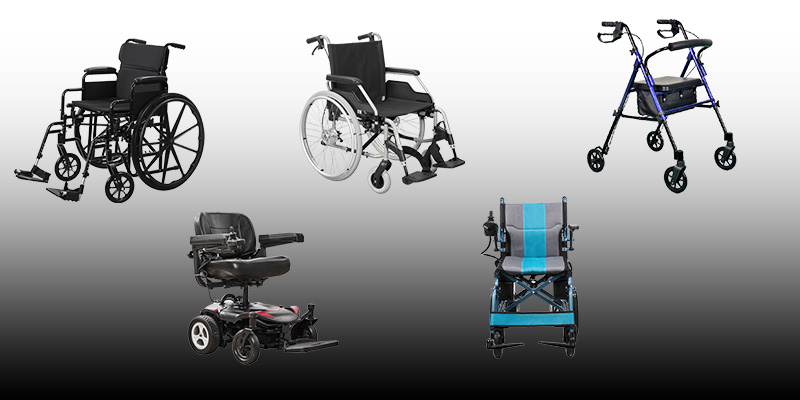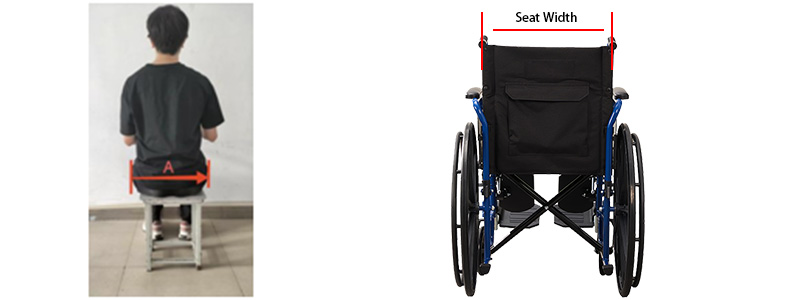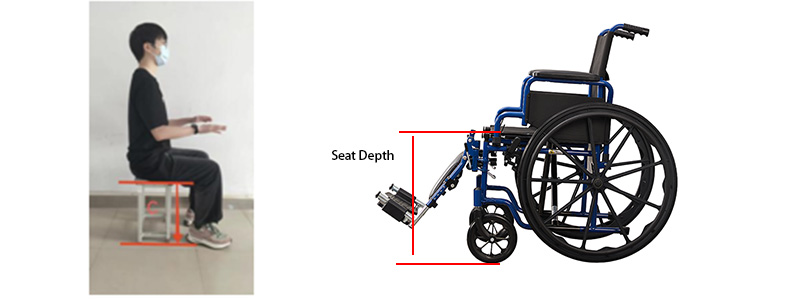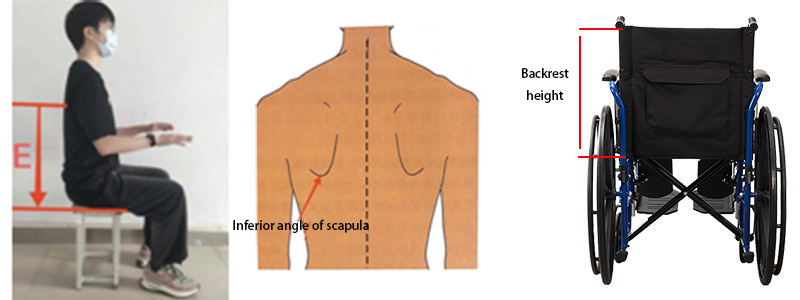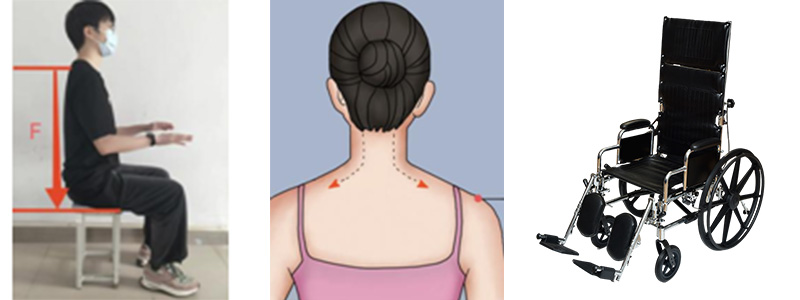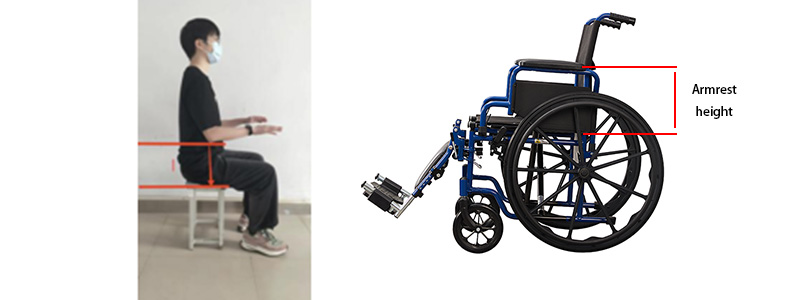Wheelchairs serve as vital tools for individuals who have difficulty walking or moving independently. For many, a wheelchair isn’t just a mobility aid—it becomes their primary way to navigate the world. Beyond providing basic movement, it empowers users to engage more fully in everyday activities and connect with their communities. This active participation can significantly enhance their overall well-being and quality of life. That’s why selecting the right wheelchair—one that truly supports their unique needs and lifestyle—is such an important decision.
Choosing a wheelchair is like finding the perfect pair of shoes—only you can truly know if they feel right and support you properly. But for many first-time users, picking a wheelchair can feel overwhelming, like standing in front of a supermarket shelf packed with endless instant noodle options. All those confusing specifications and technical terms might make your head spin! Don’t worry—we’re here to simplify things. Let’s break it down together into simple, practical steps to help you confidently choose your ideal mobility companion.
Wheelchairs are not one-size-fits-all T-shirts: Look at your body shape before choosing
Many assume a wheelchair is just a ‘chair on wheels,’ but finding the right fit matters far more than picking the perfect pair of jeans. A poorly sized wheelchair might leave you with back discomfort after short use, or worse—lead to serious skin irritation over time. Think of it like wearing shoes two sizes too small: temporary pain today can turn into bigger problems tomorrow. Let’s cut through the confusion with three simple measurements you’ll want to get right from the start:
Seat width: When the buttocks sit on the chair, leave a 2.5cm gap on both sides (about two fingers wide), that is, the seat width is the measurement of the buttocks plus 5cm, as shown in the figure below: Seat width = A + 5cm.
Seat height: The distance from the seat to the ground should be determined by the distance from the knee pit to the ground, as shown in the figure below, seat height = C
Backrest Height: Think of it like choosing between a dining chair, office chair, and recliner. High backrests wrap around the shoulders to support those who might slump forward, helping them sit comfortably for longer.
The standard backrest height is the distance from the seat surface to the lower corner of the user’s shoulder blade, as shown in the following figure: Standard backrest height = E
The height of the high backrest is the distance from the seat to the user’s acromion, as shown in the figure below: High backrest height = F
Armrest height: When the upper arm hangs naturally, the elbow joint is bent 90°, measure the distance from the lower edge of the elbow (the eagle’s beak) to the seat surface, and add 2.5cm, which is the height of the armrest when the hand hangs naturally, as shown in the figure below: Armrest height = I + 2.5cm
The wheelchair of choice: manual or electric?
1.The wheelchair of choice: manual or electric?
- Suitable for short-term users with strong arm strength
- The foldable version is a “Transformer” and can be easily stuffed into the trunk or luggage compartment of an airplane
- Advanced skills: Learn to “lift the front wheel” to pass the threshold and become a wheelchair drift expert in seconds
2.Electric wheelchair (luxury top version)
- Suitable for people with upper limb disabilities, easier to operate than driving a toy car
- Endurance is the key, the battery capacity should not be less than 15 kilometers
- Pay attention to the climbing ability (8° or above is recommended), otherwise it will be embarrassing when you encounter a slope on the flyover
3.Special wheelchair (exclusive for high-end)
- Sporty: Low center of gravity, easy to roll over, favorite of racing players
- Standing position: A technological innovation that can “transform” you into a new position with one click to prevent osteoporosis
- Smart model: with GPS to prevent loss, lifting seat, high-tech
When selecting a wheelchair, skip the ‘latest and greatest’ trap.
Think of it like finding glasses—what works for others might strain your eyes. The most expensive or feature-packed model isn’t always your best fit. Instead, visit a specialist (like an occupational therapist) who can assess your daily routine, body proportions, and comfort needs. They’ll help you narrow down options, just as a tailor adjusts a suit to your shape. A well-matched wheelchair should feel like a natural extension of your body, not a flashy gadget you’re forced to adapt to.
Post time: Apr-28-2025

